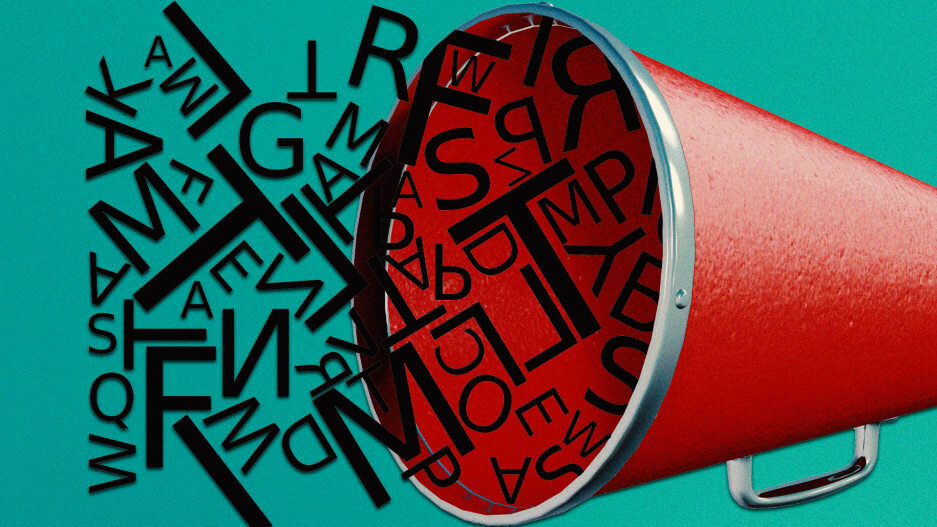These Are the Most Gender-Biased Languages in the World (Hint: English Has a Problem)
If you want to know why low percentages of women lead corporations and populate STEM fields, look no further than the words coming out of our mouths: A fascinating new study from Carnegie Mellon looks at the male-career bias in 25 languages across 39 countries, and finds that languages that heavily associate men with careers and women with family also have speakers who live out those biases. “If you speak a language that is really biased, then you are more likely to have a gender stereotype,” says the study’s lead author, cognitive scientist Molly Lewis, a special faculty member at Carnegie Mellon University.
Here are the languages, listed from most male-career biased to least:
Danish
German
Norwegian
Dutch
Romanian
English
Hebrew
Swedish
Mandarin
Persian
Portuguese
Hindi
Italian
Finnish
French
Korean
Spanish
Indonesian
Arabic
Japanese
Croatian
Turkish
Filipino
Polish
Malay
The researchers looked at the statistical relationship of words to each other, finding that in many languages, for example, “man” often occurs near “work,” “career,” and “business.” They also found that gender associations are heightened in languages that have gendered occupations, such as “steward” and “stewardess.” The results indicate that languages’ gender associations may partially shape (rather than reflect) people’s implicit gender biases. Pivotally, the researchers discovered that countries with high male-career gender bias also have low percentages of women in STEM fields, and fewer female students in STEM higher education.
The implications are profound: This may partially explain where some early stereotypes about gender and work come from. Children as young as 2 exercise these biases, which cannot be explained by kids’ lived experiences (such as their own parents’ jobs, or seeing, say, many female nurses). The results could also be useful in combatting algorithmic bias.
The researchers hope to further confirm the relationship between implicit biases and word distribution using other study designs.


